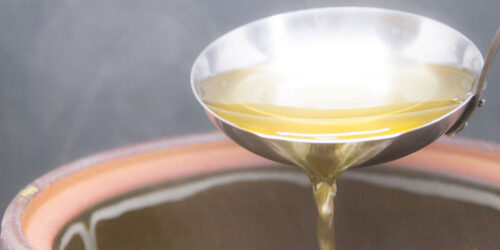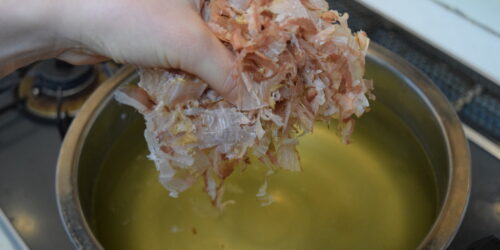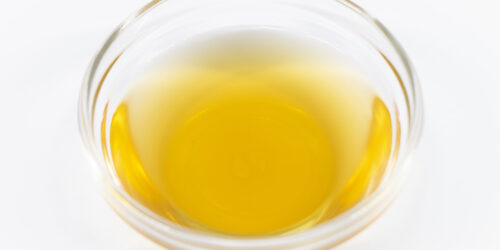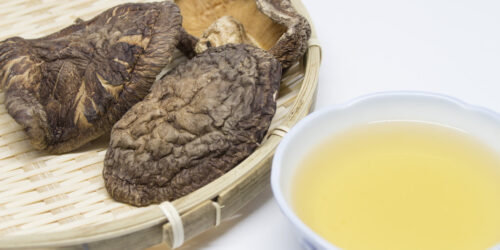The Best Dashi (Food) That’ll Boost Umami
Quick Review About Umami
What Exactly Is Umami and Top 3 Umami Ingredients
I had explained about UMAMI at the above site.
I talked about top 3 umami components that are commonly used in Japan.
1. Glutamic acid: One of the 20 amino acids that make up proteins
2. Inosinic acid: Substance that make up nucleic acids
3. Guanylic acid: Substance that make up nucleic acids
Actually, umami taste can be dramatically upgraded by multiplying several types of umami components.
Here, I would like to introduce what you should do to boost umami taste on your meal.
How to Generate Umami Synergistic Effect?
The umami taste becomes dramatically stronger by combining some umami substances rather than using them alone. That is called “umami synergistic effect”.
It’s well known that combining glutamic acid (one of the amino acids) with inosinic acid or guanylic acid (one of the nucleic acids) is the great way to maximize umami taste.
How Much Will the Umami Taste Increase?
There is some research done by Ms. Shizuko Yamaguchi at the Institute of Taste and Food Preferences in Japan supporting “umami synergistic effect”.
According to the research, when the ratio of glutamic acid and inosinic acid in mixed dashi is 1:1, the umami taste will be up to 7-8 times stronger than the dashi made with a single material.
What Ingredients Should You Use to Make Best Dashi?
Glutamic acid + Inosinic acid
Combined soup stock made from kombu and bonito is the most mainstream in Japanese cuisine.
・Japanese traditional mixed dashi is usually made from
[Glutamic acid] Kombu
+
[Inosinic acid] Dried bonito shavings
The common recipe for the combined dashi is using about 20g of kombu and about 40g of dried bonito shavings. Making with this amount is a common practice from ancient times in Japan, and glutamic acid and inosinic acid will have a ratio of exactly 1:1 with this recipe.*
Isn’t that amazing that ancient people had already found out the “umami synergistic effect” naturally.
*The ratio could differ depending on how to make dashi and what type of kombu and bonito are used.
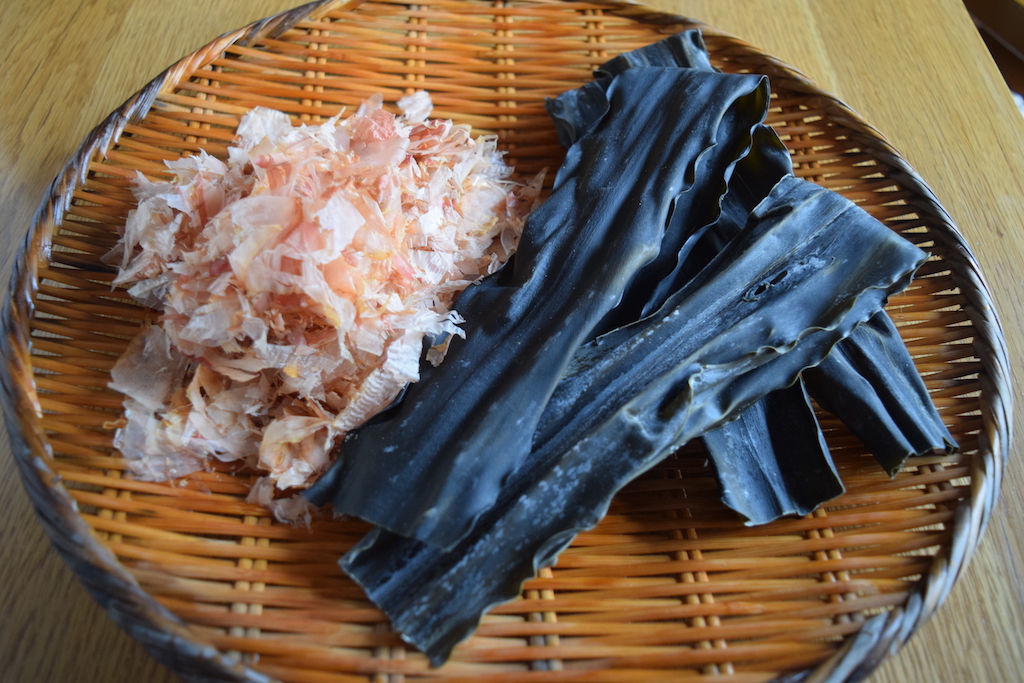
By the way, the combination of [Glutamic acid + Inosinic acid] is applied not only in Japan but also in world cuisine since a very long time ago.
The followings are some examples.
・Western cuisine often uses the broth (bouillon) made from
[Glutamic acid] Aromatic potherb such as celery, onion, and carrot
+
[Inosinic acid] Chicken or Beef
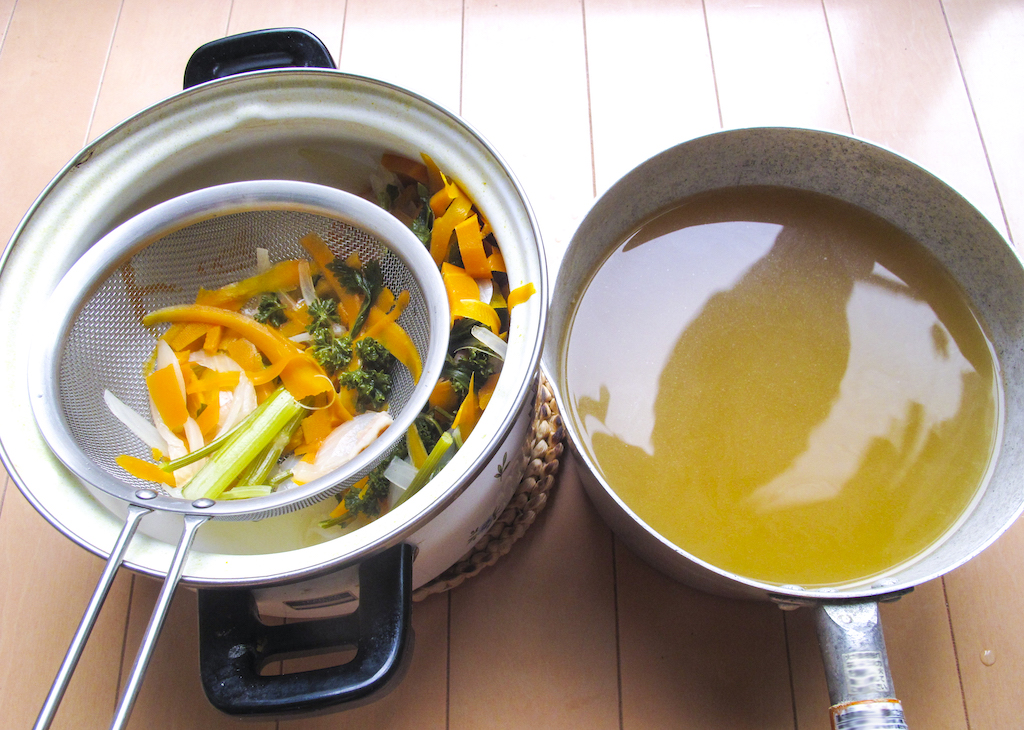 ▲Bouillon
▲Bouillon
・Chinese cuisine often uses the broth made from
[Glutamic acid] Vegetables such as Chinese cabbage, green onion, and ginger
+
[Inosinic acid] Chicken
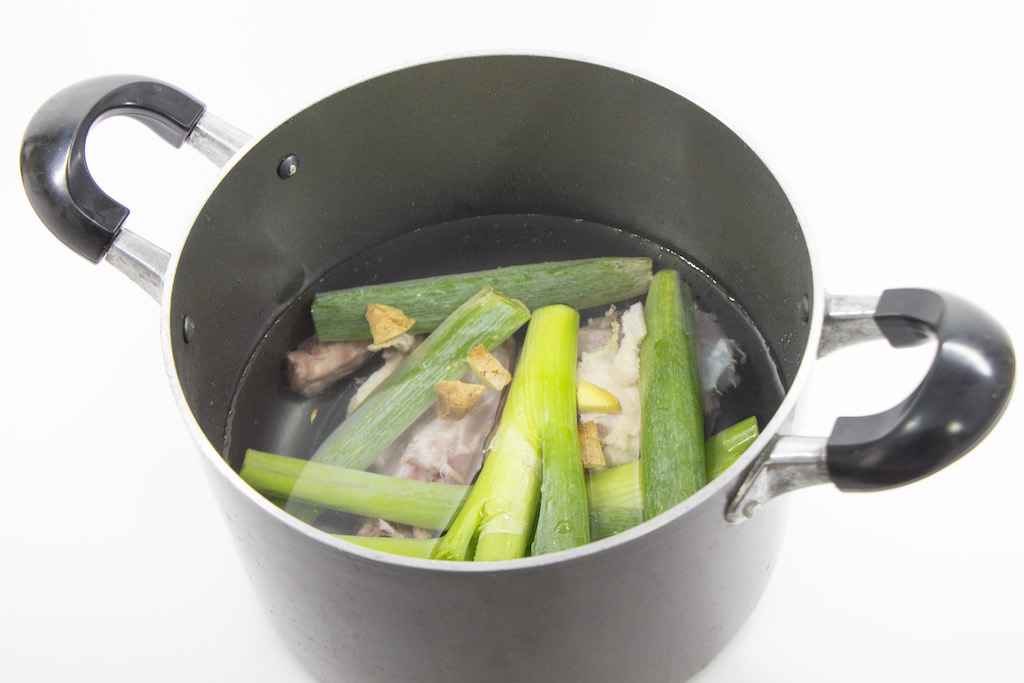
Although “umami synergistic effect” had discovered in 1960, long before that, it has been used empirically in cooking all over the world.
Glutamic acid + Guanylic acid
Using guanylic acid in place of inosinic acid is logical because “umami synergistic effect” is generated by combining one of the amino acids with one of the nucleic acids.
Guanylic acid actually deforms umami receptors, and retains glutamic acid for a longer period of time. That is why the combination of those makes you feel the umami strongly.
Speaking of the representative of guanylic acid is the dashi made from dried shiitake mushrooms.
Although there are some ingredients you can take guanylic acid from, dried shiitake mushrooms are overwhelmingly rich in umami. So, I highly recommend to use this when combining with glutamic acid.
Great thing about this combination is that you can make dashi with totally plant-based materials. So, if you are looking for vegetarian / vegan soup stock, this is the perfect dashi to make!
By the way, the combination of [Glutamic acid + Guanylic acid] is applied in Buddhist vegan cuisine and Chinese cuisine, for instance.
・Shojin ryori often uses the soup stock made from
[Glutamic acid] Kombu, soybean, dried gourd shavings, etc.
+
[Guanylic acid] Dried shiitake mushroom
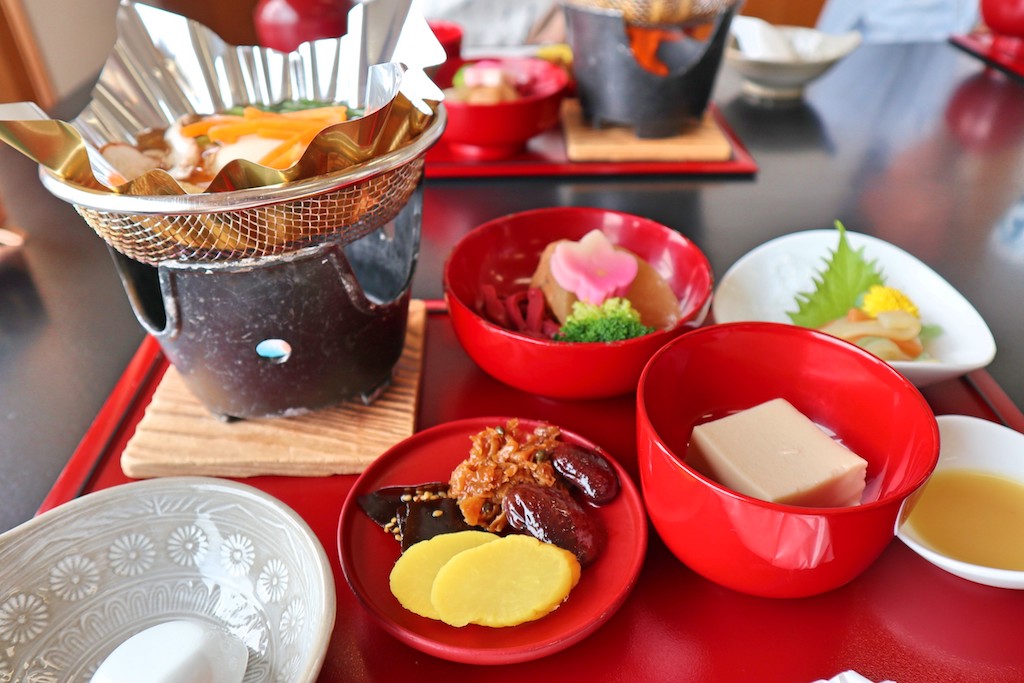 ▲Shojin ryori
▲Shojin ryori
・Chinese cuisine sometimes use the broth made from
[Glutamic acid] Green onion and ginger
+
[Guanylic acid] Dried shiitake mushroom
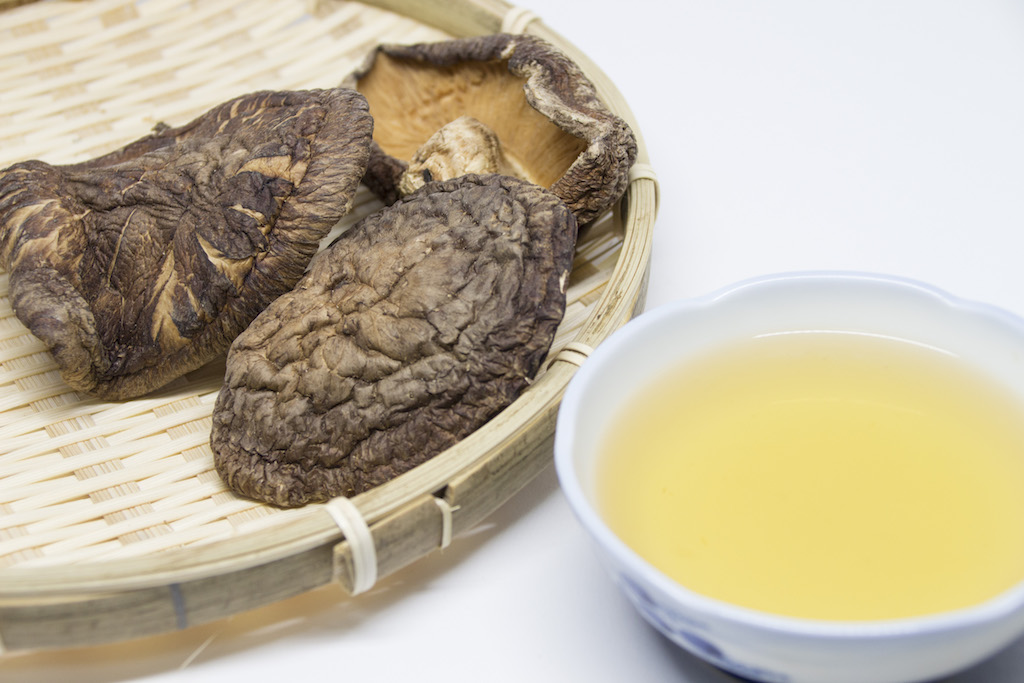
Conclusion
If you are okay with fishy flavor, the most well-known mixed dashi, [kombu + bonito] should be your choice! This is Japanese traditional style and you can feel great umami with it.
If you like chicken or beef, maybe you should make broth with those meat and some vegetables such as onion and carrot.
If you want vegan soup stock, please try Japanese style vegan soup stock with dried shiitake mushroom!
There are actually a lot of choices to take dashi of glutamic acid, so it’ll be fun to make umami taste using different kinds of vegetables.
Please refer to the following site to check what food is containing umami substance.
36 Best Foods Packed with Umami Flavor



